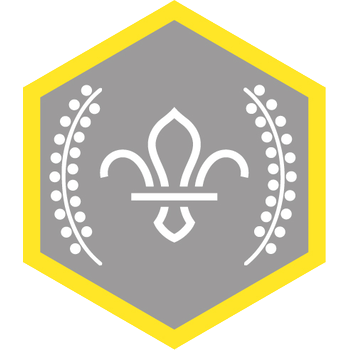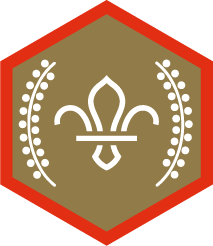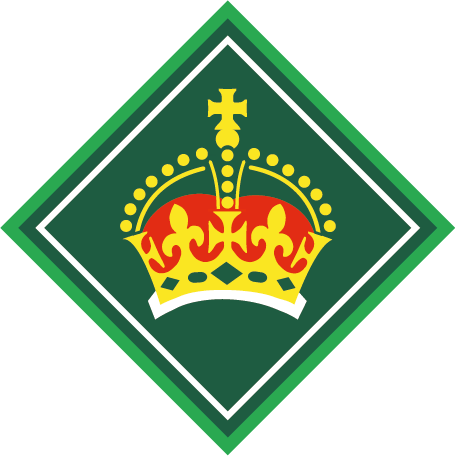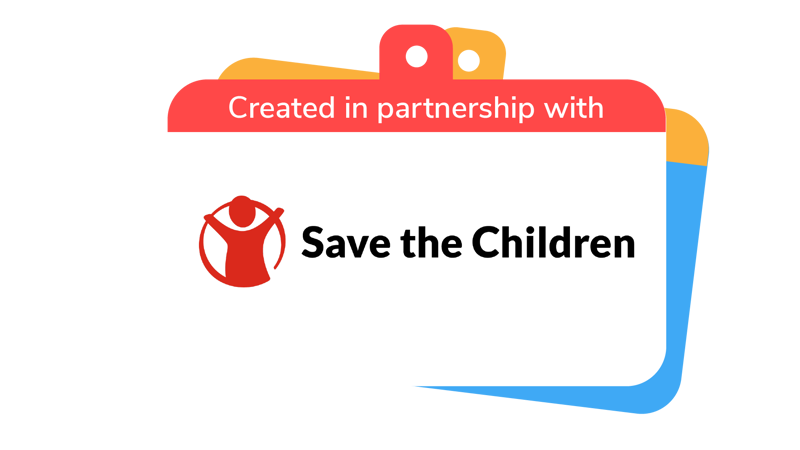
Share an international activity
You’ll need
- Pens or pencils
- Coloured pens or pencils
- A4 card
- Scissors
- Glue sticks
- Countries information sheet
- Dice template
Before you begin
- You’ll need two copies of the ‘Dice template’ sheet for each group of four or five people.
- It’s up to you whether you make the dice in advance or whether the groups make them. You’ll need to cut around the edge of the template, then fold along the dotted lines. Cover the tabs (the non-square shapes) in glue, then use them to stick the dice together.
- Unless you do some extra research, one dice should list the countries on the ‘Countries information’ sheet (Syria, South Sudan, and Columbia). Each country should appear twice.
- Unless you do some extra research, the other dice should list the different types of activities on the ‘Countries information’ sheet (share a meal, play a game, and sing or dance). Each activity should appear twice.
Choose an activity
- Everyone should split into groups of four or five people.
- The person leading the activity should give each group two dice (or everything they need to make two dice).
- Each group should roll the dice twice, to get two different combinations of a country and an activity.
- Each group should use the ‘Countries information’ sheet to find out more about the two activities their dice gave them. They should choose one to turn into an activity for the community.
Plan the activity
- Each group should work together to decide the best place for their activity.
- Everyone should think about the practicalities of their activity. Who’ll be their audience? Where and when will they connect with them? Do they need to work with a venue to organise the activity?
- Everyone should think about the details of their activity. How will they make it accessible and inclusive? What resources will they need, and where will they get any budget they need?
- Everyone should think about the messages they’ll share with their activity. Do they want to share information about refugees and displaced children from the country their activity’s from? Will they talk to people, or do they want to make something like leaflets too?
- Once they’ve planned everything, the groups should take it in turns to share their ideas with everyone else. Everyone should give helpful feedback, including things they've done well, helpful hints about things like venues, and questions the group may still need to think about.
- Everyone should finalise their plans – they’ll need to talk to each other and other people to make sure everything’s in place.
- Everyone should practice their activity until they’re confident they can share it. They may want to do a practice run of their recipe, game, song, or dance.
- Everyone should follow their plans to share their activity and important messages about the people Save the Children’s helping.

This activity helps contribute towards some of the UN's Sustainable Development Goals. Find out more about the SDGs, and how Scouts across the world are getting involved.
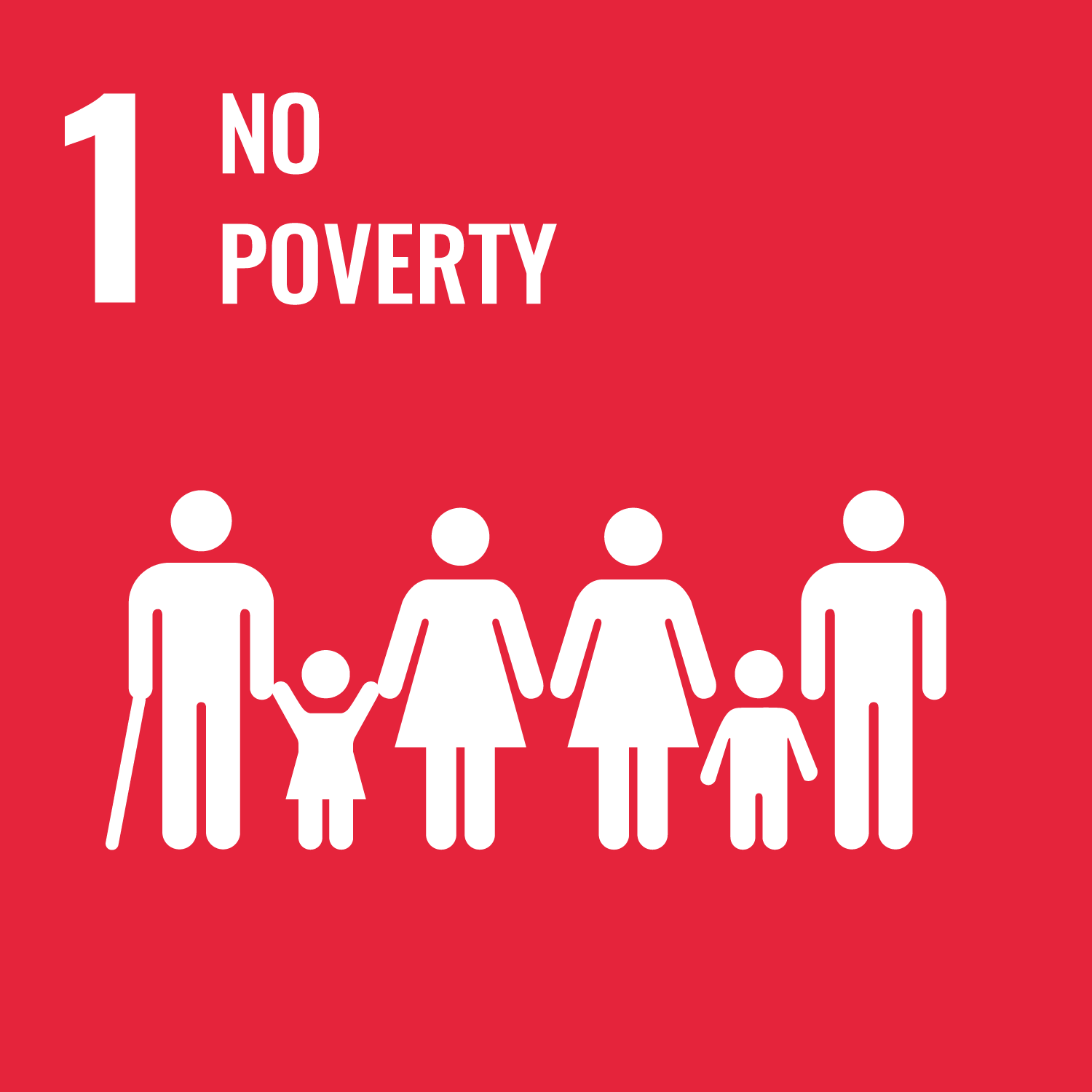



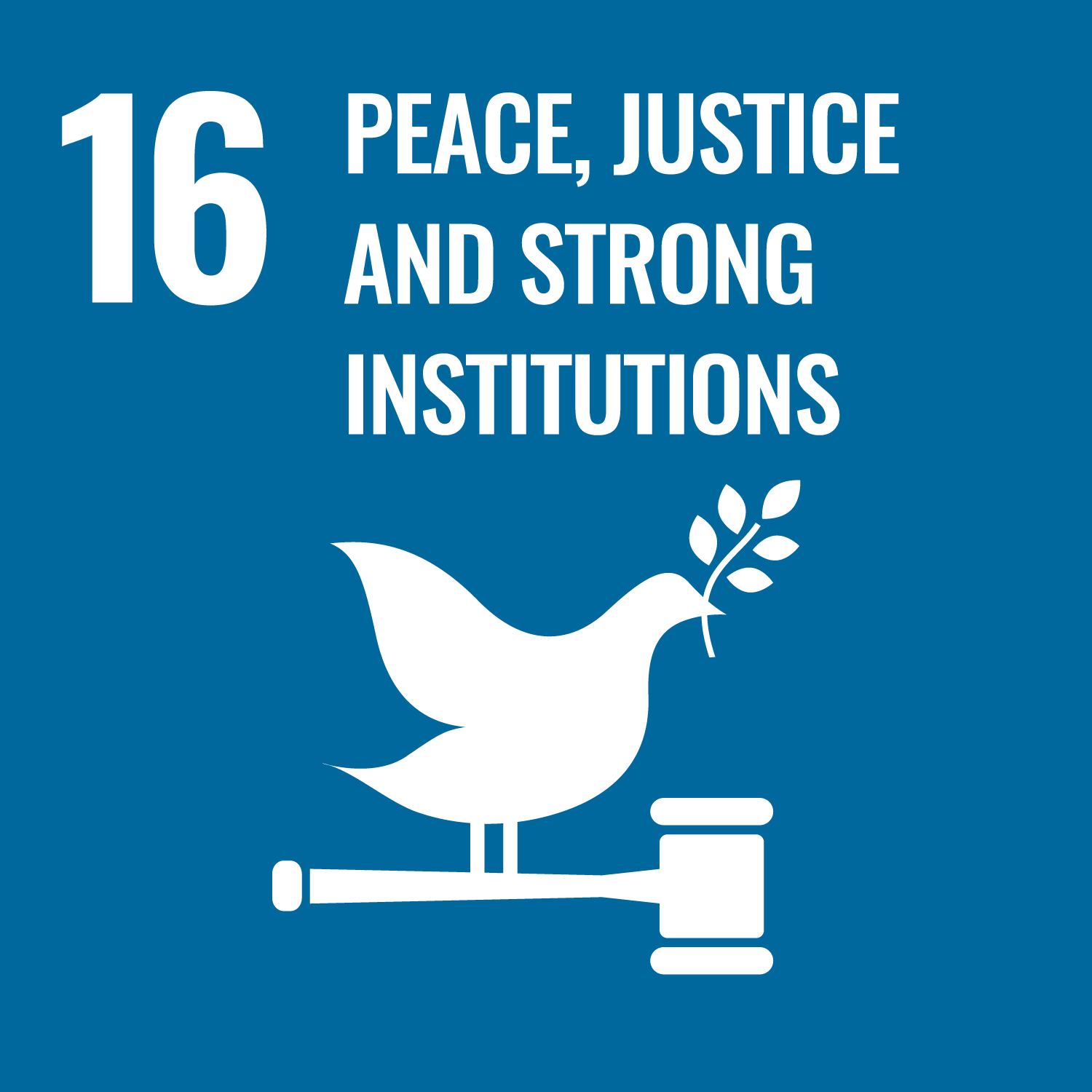

Reflection
This activity was all about being a team player. How did people work together to plan their activities? What about when they were running the activities? Was it easy to work as a team? What challenges did people overcome?
This activity was also about caring. Why is it important for people to stay connected to their cultures and communities when they’ve been forced to leave their homes because of conflict? How might people stay connected? People might think about things like food, games, songs, and stories. How do you think these things make people feel? How can people support others to stay connected to their communities?
Safety
All activities must be safely managed. You must complete a thorough risk assessment and take appropriate steps to reduce risk. Use the safety checklist to help you plan and risk assess your activity. Always get approval for the activity, and have suitable supervision and an InTouch process.
- Scissors
Supervise young people appropriately when they’re using scissors. Store all sharp objects securely, out of the reach of young people.
- Glue and solvents
Always supervise young people appropriately when they’re using glue and solvent products. Make sure there’s plenty of ventilation. Be aware of any medical conditions that could be affected by glue or solvent use and make adjustments as needed.
Each group could run two activities instead of one. You could also work as a whole group to run a selection of activities at once during one big event.
Adults should vary how much support they give depending on the age and experience of the young people.
Make sure you check for any allergies or dietary requirements if you’re planning to share any meals. Adapt recipes, for example, by replacing meat and dairy with substitutes (they’re usually easy to find in a big supermarket) or removing anything anyone’s allergic to.
Make sure the activities are accessible for everyone – you may need to adapt games for individuals’ needs.
All Scout activities should be inclusive and accessible.
Share your activities further, for example, at an event for your district.
Discover more at https://www.savethechildren.org.uk/

